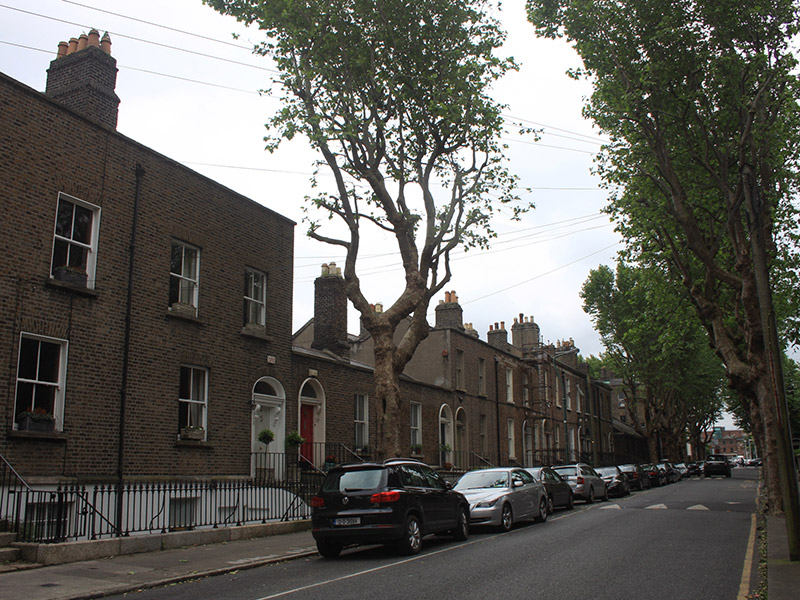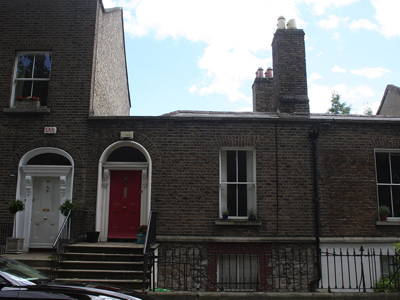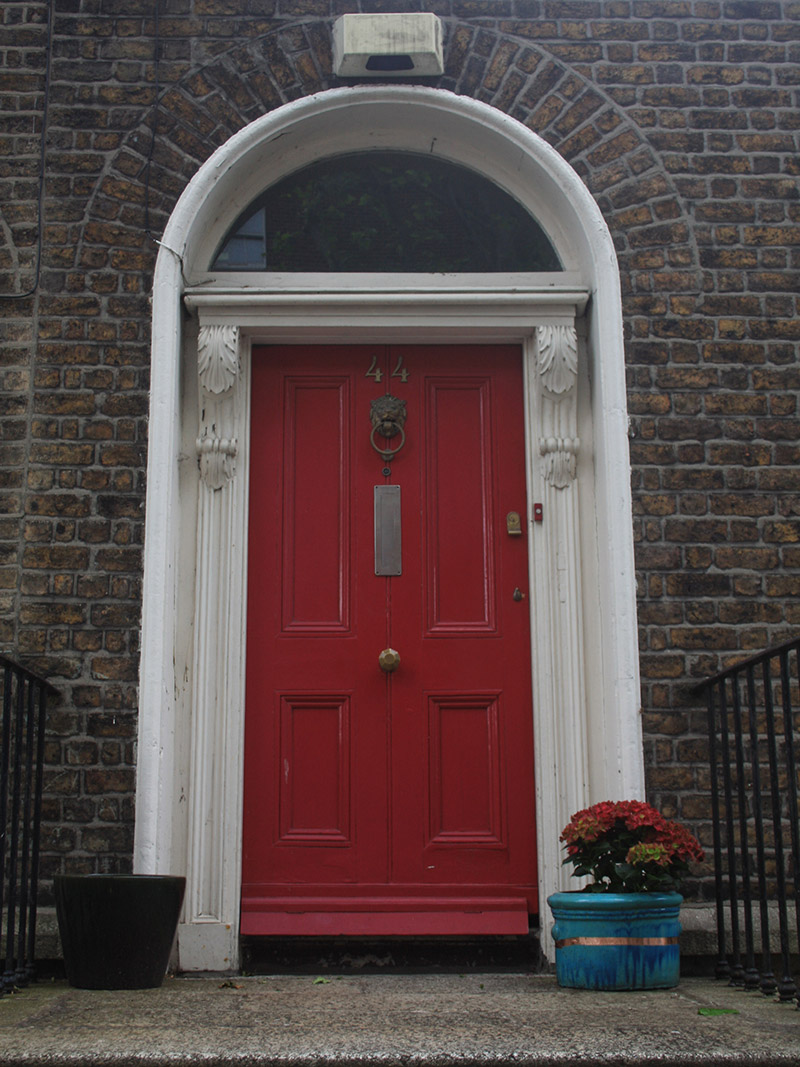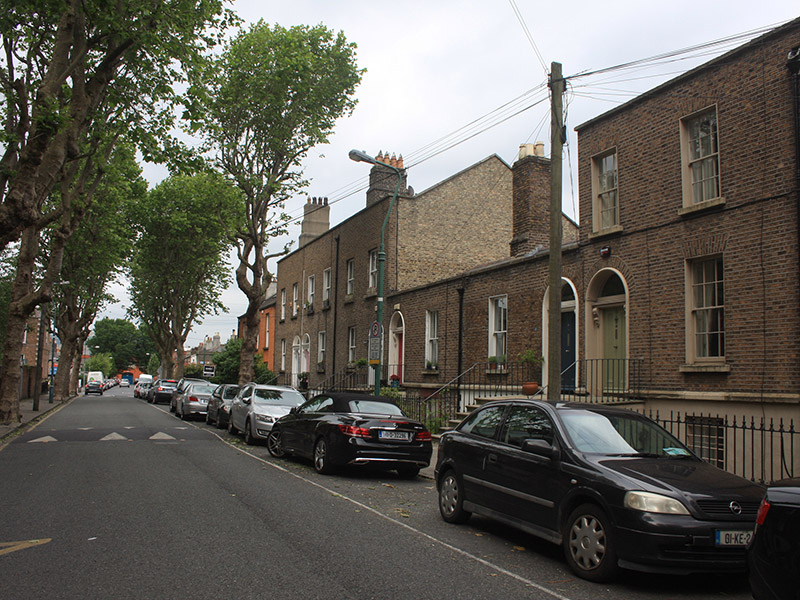Survey Data
Reg No
50110387
Rating
Regional
Categories of Special Interest
Architectural, Artistic
Original Use
House
In Use As
House
Date
1850 - 1870
Coordinates
315517, 232851
Date Recorded
16/06/2017
Date Updated
--/--/--
Description
Attached two-bay single-storey over raised basement house, built c. 1860, as one of pair. M-profile pitched slate roof, hipped to north, with shared brick chimneystacks having clay pots, partially concealed behind parapet with cut granite coping. Shared cast-iron rainwater goods. Brown brick, laid in Flemish bond, to wall to front (west) elevation, having cut granite plinth course over coursed rubble granite wall to basement. Square-headed window openings with granite sills and rendered reveals, having two-over-two pane timber sliding sash windows. Red brick surround to basement window. Round-headed door opening with moulded render surround. Timber doorcase comprising panelled pilasters having scrolled consoles with acanthus leaf decoration supporting carved cornice. Plain fanlight ad timber panelled door. Nosed granite steps with cast-iron railings and wrought-iron handrail. Cast-iron gate and matching railings set on cut granite plinth wall enclosing basement area.
Appraisal
The retention of historic features, notably the classically-influenced doorcase, enhances the traditional character of this house. This small scale, attractive house represents an interesting typology of middle-class urban housing in the later nineteenth century. Synge Street forms part of an early Victorian neighbourhood situated west of Camden Street. It was reputedly named for the Church of Ireland Bishop Edward Synge, who held land there in the eighteenth century.







